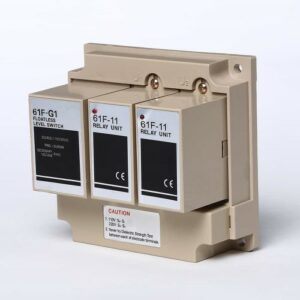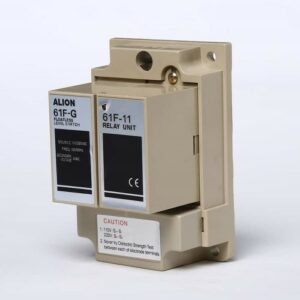Floatless Relay
Crafted by a reliable manufacturer
The floatless relay is an electrical relay with a longer life, faster response, and less failure rate than traditional mechanical relays. Alion’s floatless level relay measures the conductivity of the medium through conductive electrodes, enabling level detection and control of any conductive liquid.
At the same time, Alion provides a variety of float-free relay models that meet the functions of long distance, high and low sensitivity, two-wire systems, etc., and can be widely used in the chemical industry, water treatment, environmental testing, and other industries.
Choose an Alion floatless relay to protect your liquid level control!
Type of Floatless Relay
Application
Alion’s floatless relay is suitable for a variety of liquid-level control scenarios. Choose a liquid-level control solution that suits your needs to improve work efficiency and ensure equipment safety!

Chemical Industry
Monitor the liquid level of chemical storage tanks to ensure the stability of the production process.

Food Processing Industry
Control the liquid level of food raw materials to ensure product quality and hygiene.
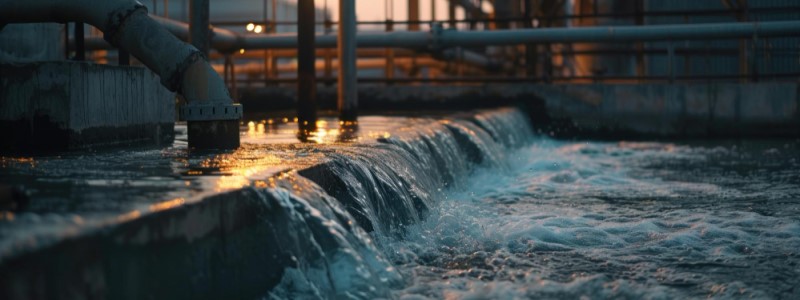
Water Treatment Industry
Adjust the liquid level of sewage treatment equipment to ensure the effective use of water resources.

Pharmaceutical Industry
Control the liquid level of reactors in pharmaceutical production to ensure production safety.
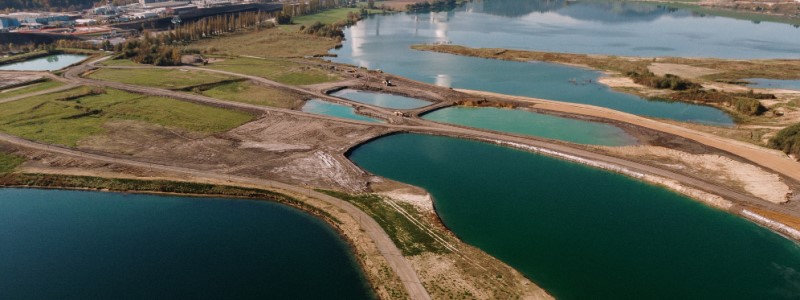
Environmental Monitoring
Monitor the liquid levels of natural water bodies, reservoirs, and rivers to achieve environmental protection.
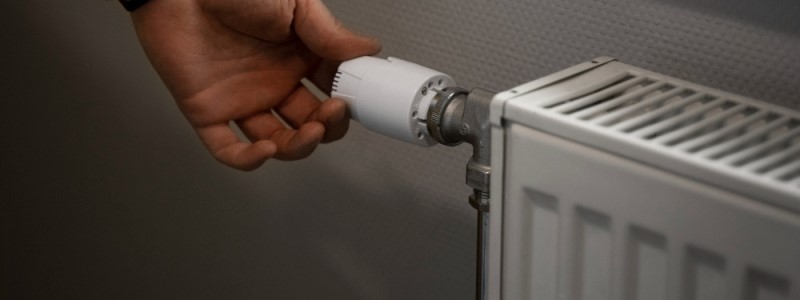
Heating System
Adjust the liquid level in heating systems such as water tanks and boilers in buildings to ensure continuous heating.
Main Benefit
The socket installed with the PF113A(E) socket is a special design used to install electrical equipment and facilitate access to relays or other electrical components.
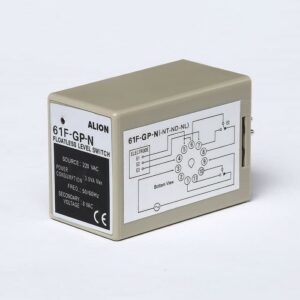
61F-GP-N
- Floatless Level Switch
- Sens-ing mode: Two lines
- Voltage: 110Vac or 220Vac
- Frequency: 50/60 Hz
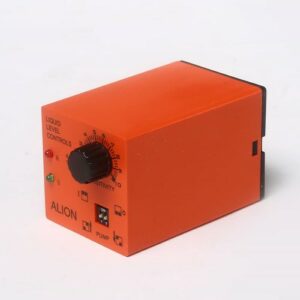
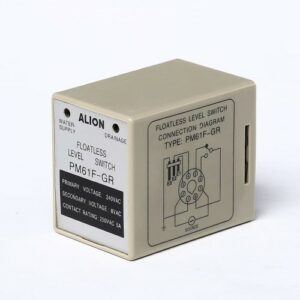
PM61F-GR
Liquid Level Controller
- Sens-ing mode: General
- Voltage: 110Vac or 220Vac
- Frequency: 50/60 Hz
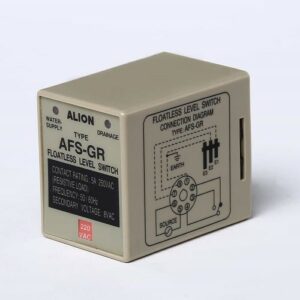
ASF-GR
Water Level Controller
- Sens-ing mode: General
- Voltage: 110Vac or 220Vac
- Frequency: 50/60 Hz
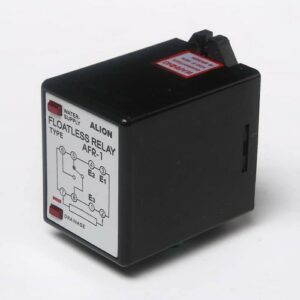
Screw installation is an installation method that uses screws to fix equipment on a bracket or mounting plate. It is often used for floatless relays.
DIN rail mounting is a method for installing electrical components, such as floatless level relays, inside equipment racks, electrical cabinets, or walls.
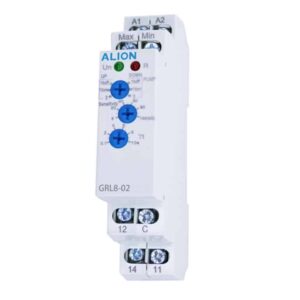
GRL8-01/02
Level Control Relay
- Function: 2 level control mode 2 or 1 level control mode
- Voltage range: AC/DC 240240V(50-60Hz)
- Output: 1 SPDT
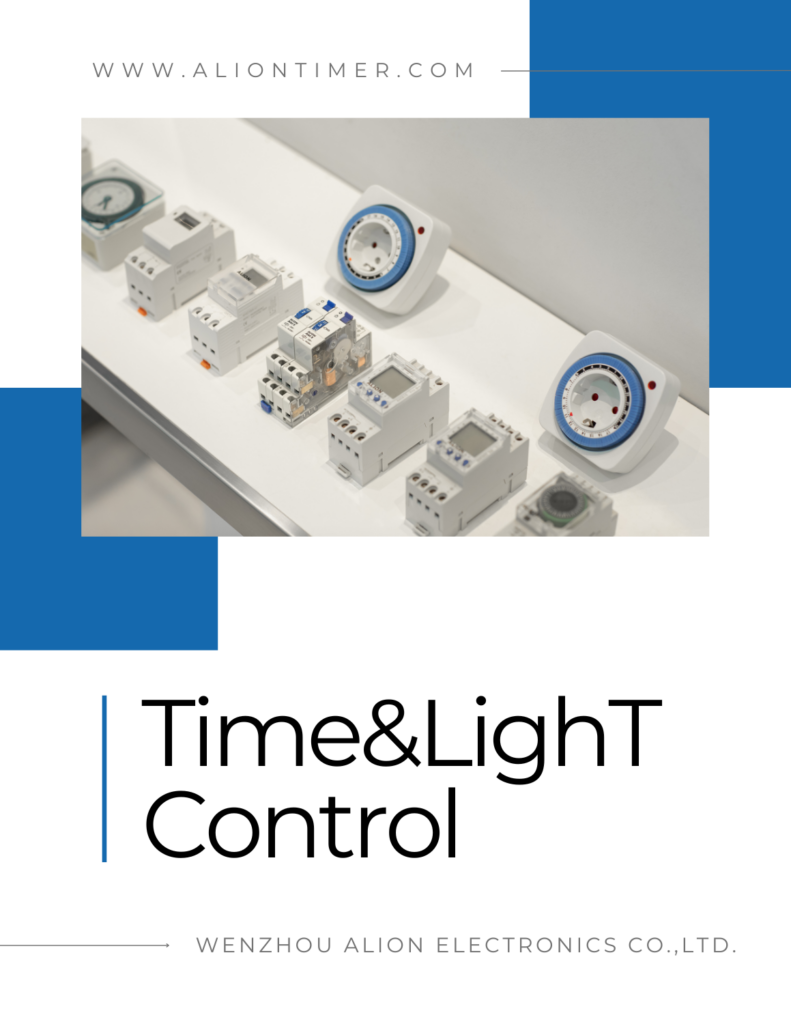
Request access for more product resources
"Complete the form for the Aliontimer Full Catalog. We're here to assist you. Your inquiry is valued, and we look forward to exploring together!"
Trusted By
We supply products to various reputable brands, including ABB, Chint, Perry, Hager, Finder, Hellermanntyton, and others.

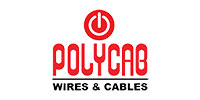







How does a floatless relay work?
A floatless relay is a device used to monitor liquid levels. It differs from traditional float switches in that its working principle is based on changes in conductivity or dielectric constant. Here is how a floatless relay works:
Conductivity Measurement
Floatless level relay detects the level of liquid through conductivity. When an electrode comes into contact with a liquid, if the liquid is conductive (such as water), electricity can pass through the contact between the liquid and the electrode, thus forming an electrical circuit. The conductivity of a liquid depends on its ion concentration and is usually a function of the liquid’s concentration. Therefore, the conductivity changes accordingly when the liquid level rises or falls.
Dielectric Constant Measurement
Another way of working is to determine the liquid level by measuring the dielectric constant of the medium. The dielectric constant is a measure of a medium’s ability to respond to an electric field, and the dielectric constant of a liquid typically changes as the liquid level changes. Floatless relays use electrodes or capacitive sensors to measure the dielectric constant of the medium and determine the fluid level based on these measurements.
Working Principle
Floatless relays usually contain one or more electrodes or sensors installed in the liquid container to measure the fluid level. When the fluid level reaches the position of the electrode or sensor, the switch triggers and starts or stops related equipment, such as pumps or valves, to control the liquid level.
Floatless Relay Diagram
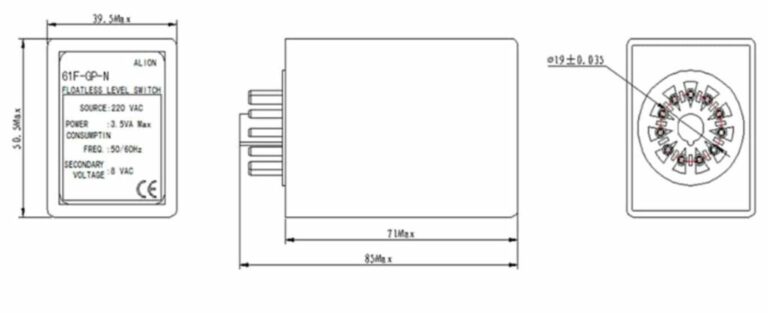
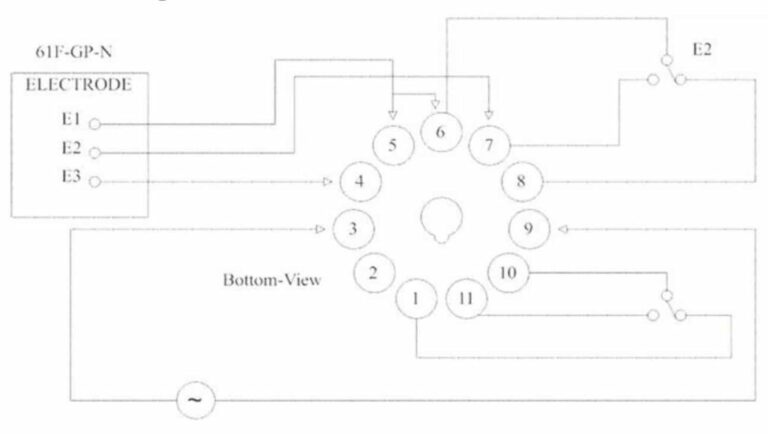
Advantages of Floatless Level Relay
- Long life: Floatless relays have no wearing parts such as mechanical floats, so they have a longer life and lower failure rate.
- High accuracy: Electronic measurement can provide more precise liquid level control and is not limited by the properties of the liquid.
- Rich functions: It has multi-functional options, such as automatic water supply and drainage control, multiple control modes, etc.
Disadvantages of Floatless Relay
- Reliance on power: Floatless relays require power to operate the sensor and control unit and therefore may cause loss of level control during a power outage or circuit failure.
- Not suitable for non-conductive liquids: Floatless relays usually rely on the conductivity of the liquid for liquid level control, and are unsuitable for non-conductive liquids such as distilled water, petroleum, and emulsions.
- Higher cost: Compared with traditional float relays, floatless relays have higher manufacturing costs and better performance. For large enterprises, the input-output ratio is relatively considerable.
Floatless Relay Manufacturer
- 25 Years of manufacturing & customizing floatless reay for different industry.
- 16 production lines for manufacturing floatless relays
- ISO certified floatless relay factory, certifications include UL, VDE, TUV, CE, EMS, LVD,ROHS etc.
- From idea generation to final serial production, you can rely on us
